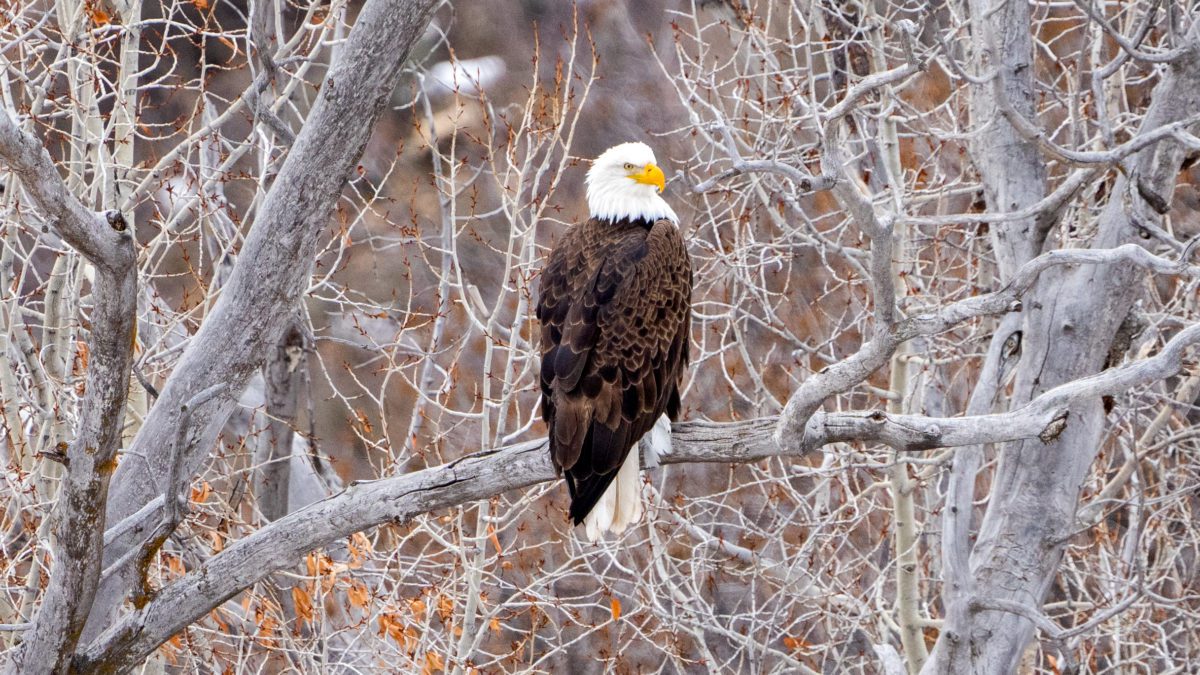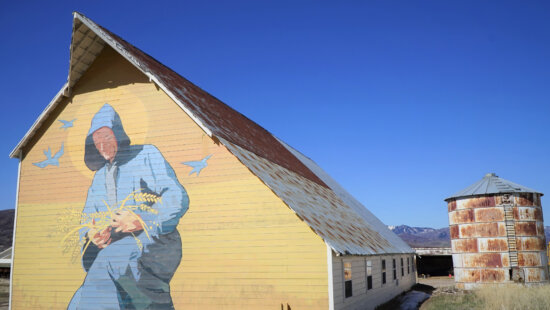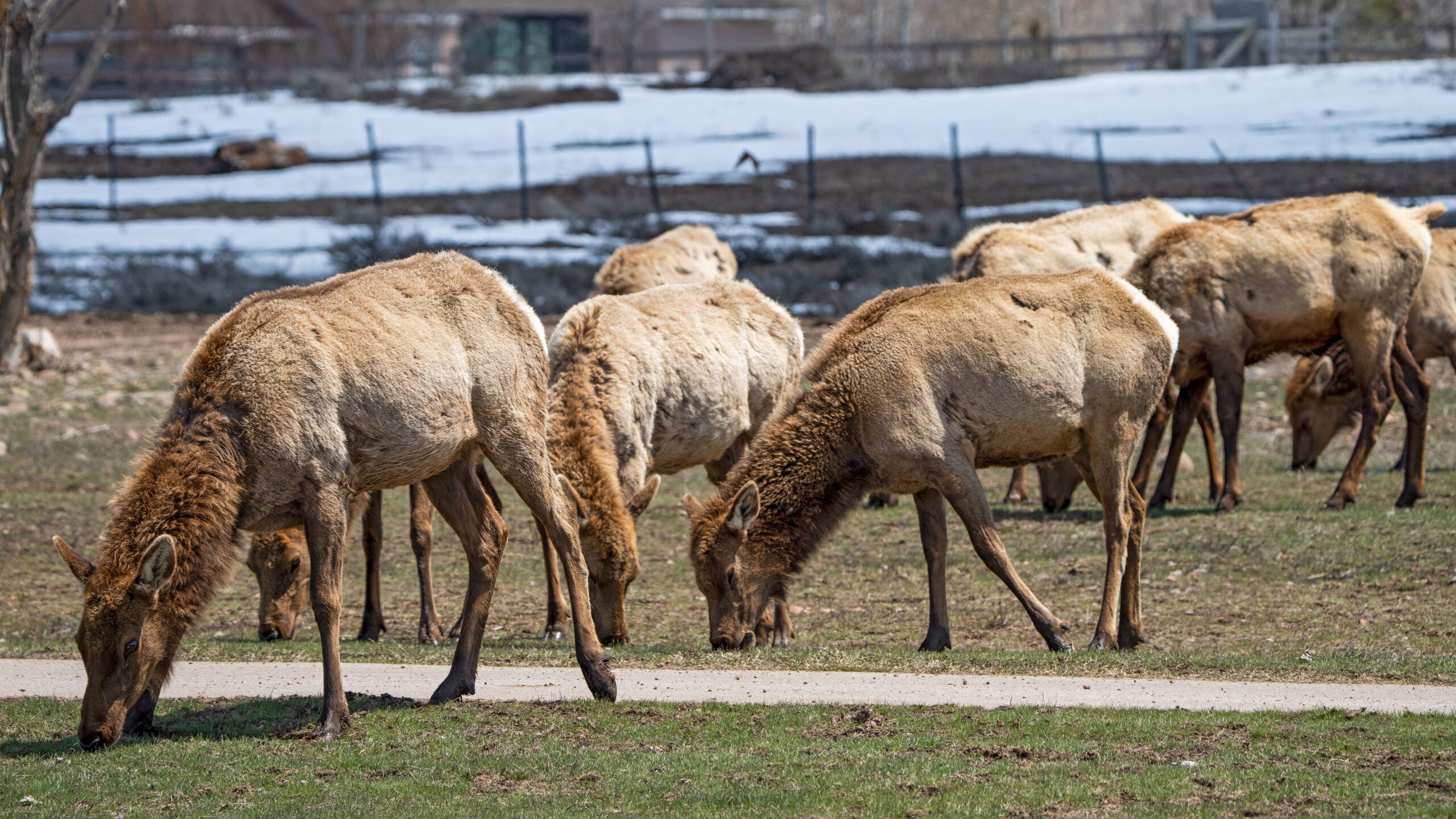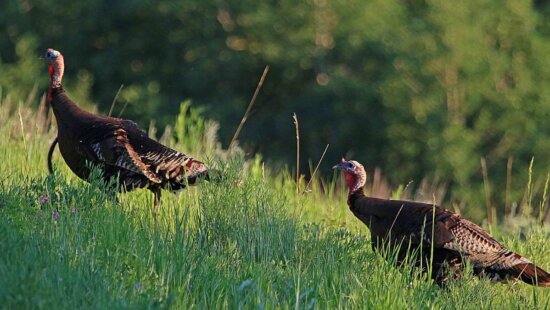Wildlife
DWR to host four bald eagle viewing events across Utah

A Bald Eagle found off of Jeremy Ranch Road. Photo: TownLift // Kevin Cody.
UTAH — Across the state, Utah is a preferred location for bald eagles to spend their time during the winter. When cold conditions persist and food is hard to come by, the lower elevations of the state offer a refuge for hundreds of birds. To help Utahns enjoy the wildlife, the Utah Division of Wildlife Resources will host four viewing events throughout the state from January through February.
Although not uncommon in Utah throughout the year, winter can bring more birds to a single area than is typical. This makes for a unique experience in addition to viewing these birds alongside DWR staff, who will also be available to answer any questions.
The first event will occur in southern Utah at Rush Lake Ranch near Cedar City on January 14, starting at 8 a.m. At this event, spotting scopes will be available for use, although it is recommended to bring a pair of binoculars.
The second event is in central Utah at the Fountain Green State Fish Hatchery, starting at 9 a.m. on February 4. Fish hatcheries, in general, can be a common location to see fish-eating birds, such as cormorants, and other species, such as otters looking for an easy meal. At Fountain Green, there is a large tree where up to 50 bald eagles have been seen by DWR staff and volunteers in years past.
The remaining two events will be held in northeastern and northern Utah on February 18. The Ouray National Wildlife Refuge in Uintah County will start at 9 a.m. and offer the opportunity to view golden and bald eagles. The George S. and Dolores Doré Eccles Wildlife Education Center event in Farmington will start at 10 a.m. The Great Salt Lake is a popular wintering location for many birds across Farmington Bay Waterfowl Management Area. In addition to the wild bald eagles, there will also be a live bald eagle encounter at the education center.
For more information about the four events and how to register to attend, see the DWR website. There are also suggestions for other locations where bald eagles can frequently be spotted during the winter.




















